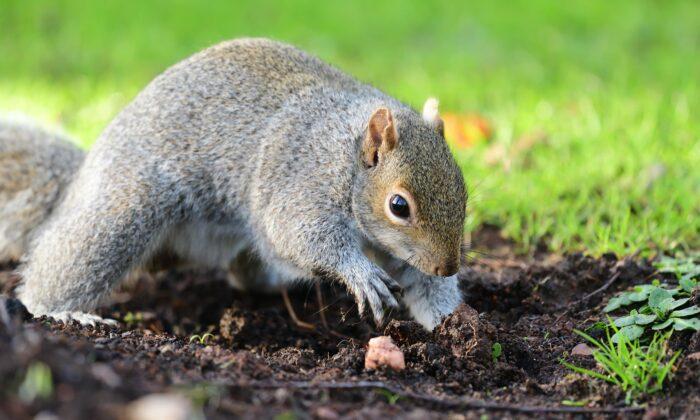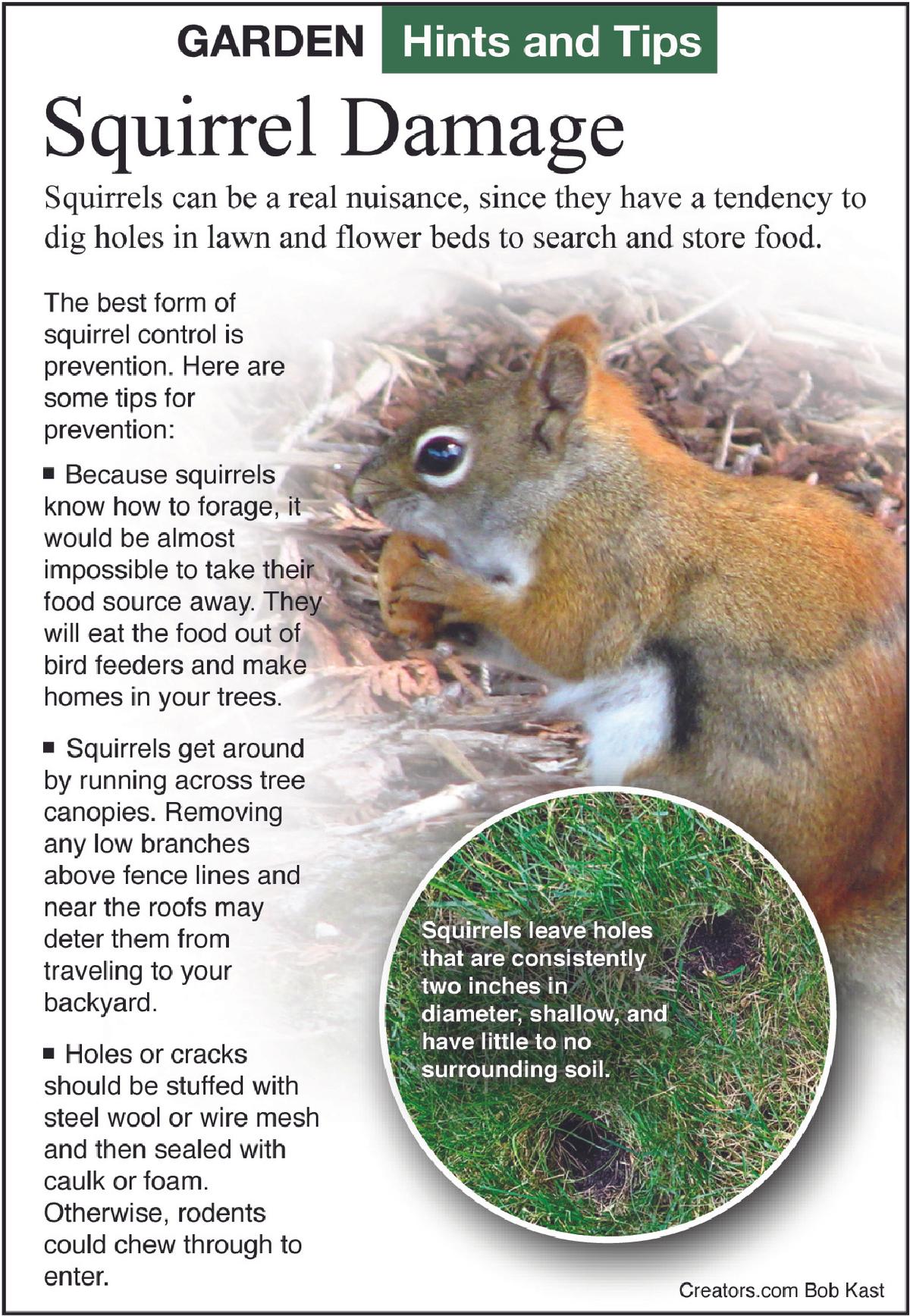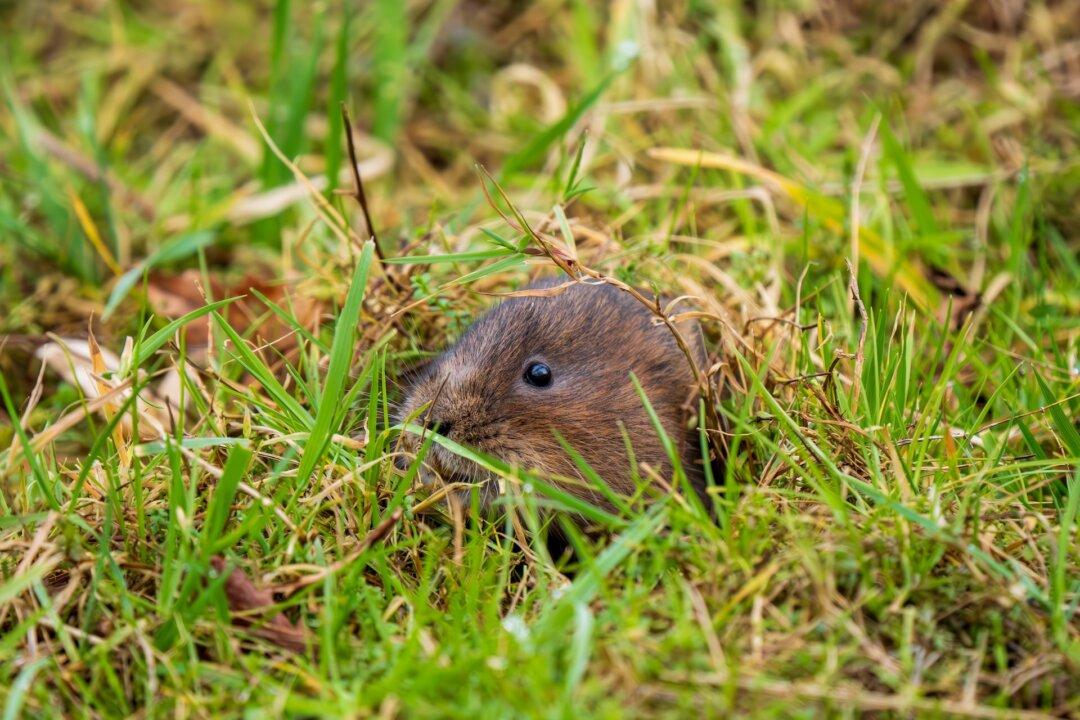If you had grubs and possibly still have grubs, then it is possible that armadillos, opossums, skunks, or raccoons are searching for the grubs, but they all tend to be a bit less tidy, and they usually dig large patches of grass rather than small ones. Occasionally, deer, dogs, and other large animals paw at the ground and loosen tufts of grass, but usually, this kind of damage is more extensive in one spot and not scattered around the lawn.
The most likely choice at this time of year is squirrels. They bury nuts in lawns and flower beds by digging small holes. They don’t dig very deep, and they don’t dig very wide. They don’t leave a nut in every hole they dig, so you might not find anything if you check the hole. Sometimes, other squirrels remove the nut and rebury it in a new place. Squirrels are squirrelly, and they sometimes seem to just dig for the fun of digging.
Walking through an infected lawn will turn your shoes orange or brown as you rub the spores off the grass blades. If you look at a blade of grass after you rub the spores off, you will see raised bumps where the fungus broke through the grass blade to release the spores.
This disease mostly affects ryegrass but does also grow on some bluegrasses and on zoysia grass. Warm weather with heavy dew in the morning (or overnight irrigation water) allows it to spread rapidly. Interestingly, lawns most susceptible are usually not watered enough, are mowed too low, and need fertilization. It is usually a summer problem, not a fall problem. Lawns affected by rust are more likely to be damaged by winter weather. Fixing the problem in the summer will help the lawn later, but at this time of year you can still begin doing some watering and you can fertilize after the first frost.
Sometimes, only shady areas are affected. Lawns sodded in the front and seeded in the back may only be affected in the back. Sod is usually a blend of grasses that doesn’t include ryegrass. Seed mixes are often a mix of bluegrass, ryegrass, and fescue. The ryegrass is what turns up orange with rust first.
The nice thing about this rust disease is that it is a slow-growing fungus. If the lawn is fertilized and watered, the grass can outgrow the disease. Before the fungus can mature enough to release spores, the grass leaf blade grows long enough to have the infected portion mowed off. Remove the clippings for a few mowings to slow the return of the disease. In severe cases, a fungicide can be sprayed weekly until it’s gone.






